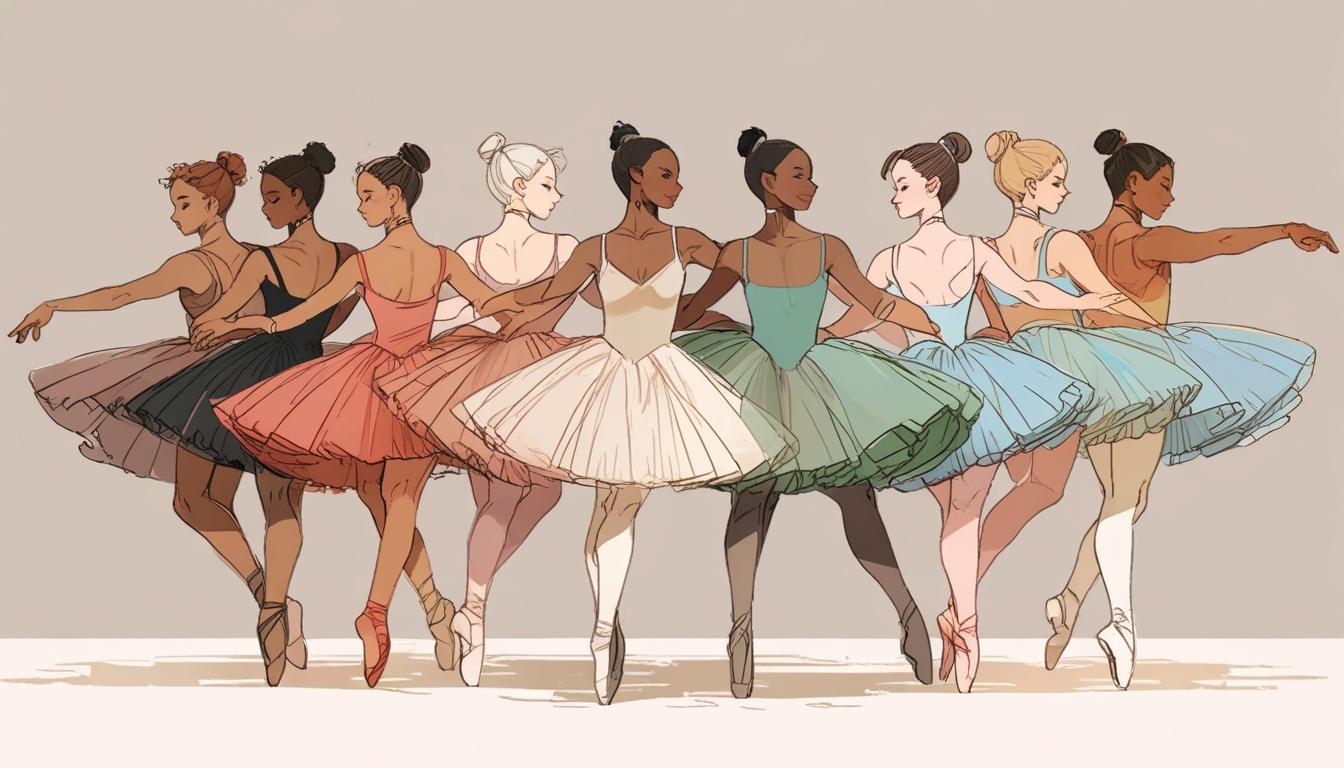The Royal Ballet School, revered as one of the leading institutions in ballet training, is undergoing significant changes under the direction of its new artistic head, Iain Mackay. Since his appointment in September 2023, Mackay has outlined a vision for the school that seeks to adapt to contemporary audiences by embracing diversity in body types and gender representation within dance.
In an interview with the Times, Mackay expressed his belief that the future of ballet depends on moving away from rigid ideals of body image and gender roles. He stated, “Audiences want dancers they can relate to,” underscoring the necessity for the ballet community to reflect a wider range of bodies, including plus-size dancers. His comments highlight a growing acceptance within the industry, as roles for diverse dancers become increasingly prominent.
Furthermore, Mackay revealed that the school is not only welcoming plus-sized ballerinas but is also adapting its training programmes to include same-sex partnering. This progressive shift means that classes now incorporate male-male and female-female duets, promoting inclusivity and a broader understanding of partnership in dance. He indicated, “there was little 'gender in terms of partner work,'” signifying a departure from traditional male-female partnerships that have long characterised classical ballet.
This change comes in the wake of a body-shaming scandal that raised alarms about student wellbeing at the Royal Ballet School. Earlier this year, the institution reached an out-of-court settlement with former student Ellen Elphick, who alleged she developed an eating disorder following experiences of body shaming from a teacher. Her case drew attention to the pressures faced by students and the school’s responsibility to address these issues. The school has maintained that it takes student wellbeing "very seriously," despite not admitting liability in Elphick's case.
In response to the heightened concerns surrounding body image and mental health, the Royal Ballet School has instituted a range of measures aimed at supporting its students. These include monitoring jump height to assess fatigue levels, reducing overall dance hours to prevent overtraining, and introducing 'refuelling stations' to encourage healthy eating and energy replenishment. Mackay noted that “relative energy deficiency,” which occurs when dancers expend more calories than they consume, is also being carefully monitored.
He acknowledged the challenges of balancing the rigorous demands of elite training with the emotional and physical well-being of the students, stating, “The environment has always been tough. We can't get away [from the fact] that ballet training is hard. We are artists and dancers but we train like athletes.” The measures introduced aim to cultivate a healthier training environment, allowing dancers to refuel adequately and thrive within their discipline.
As the Royal Ballet School navigates its evolving identity and addresses past concerns, it is positioning itself for a future that embraces diversity and prioritises the wellbeing of all its students.
Source: Noah Wire Services
